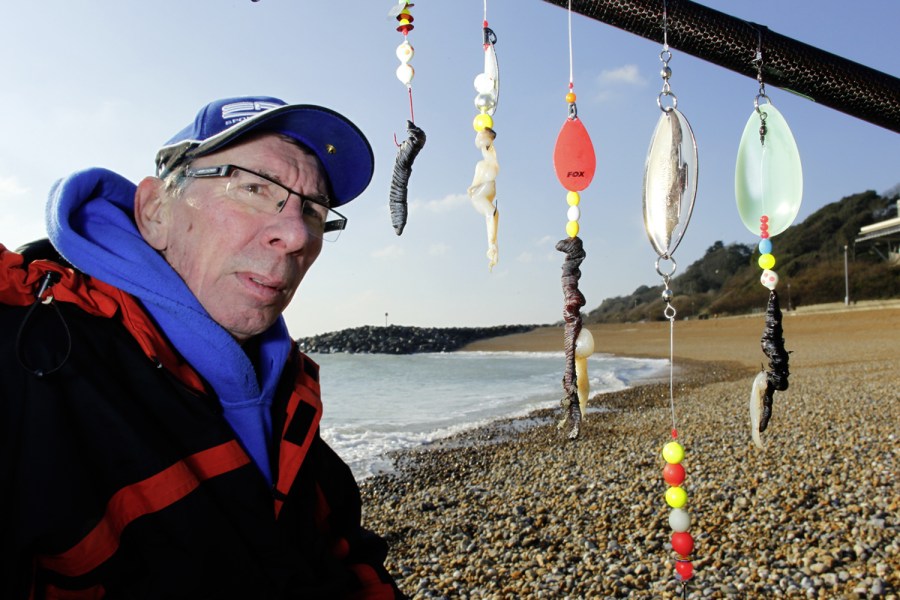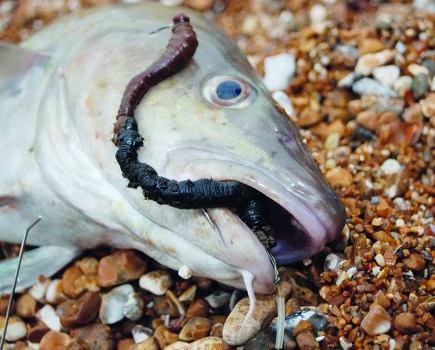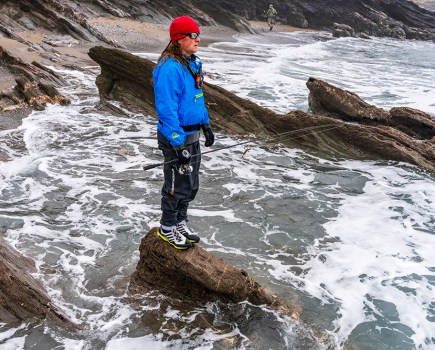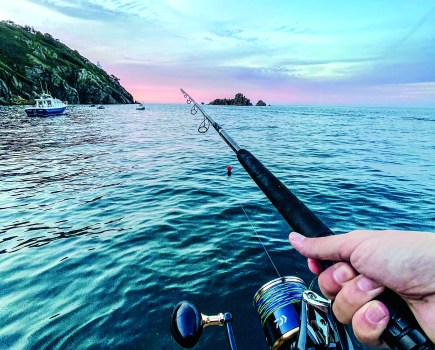With flatfish becoming the seasonal target fish, we explain how to catch them, especially the harder fighting orange-spotted plaice
Wanting to learn how to catch flatfish from the shore? The flattie angler needs to be a tactical thinker, who sees colour and movement as crucial tools, and most of all has the imagination in the choice of rigs and baits.
Flatfish feed almost exclusively on the bottom. Their eyes are on the top of their heads, so they are always looking up and along the seabed. This gives them a unique perspective on life and probably explains why they are so attracted to movement and bling. Their world is almost one-dimensional, their narrow field of vision the focus of their attention. Yet they have very good eyesight – watch a flattie in a tank react to a wriggly worm tail and you’ll be amazed!
DRAWN TO MOVEMENT
Anything they see move is investigated, and this is what the angler needs to play on.
For generations we have used all manner of beads and sequins to attract the attention of flatfish, and the art of bling has a cult following. Years back, Sea Angler ran a survey on the best coloured beads (red and yellow came out top and white didn’t fare badly). Nowadays, bling has moved on and far more sophisticated attractors have been added to the collection.
Basically, anything goes, so don’t be afraid to experiment. Nothing will put flatfish off a quality fresh bait, and the most outlandish rig and snood additions sometimes work.
Tried and tested combinations of bling still weave their magic, and are there to fall back on should your experiments fail.
THE BLING LIST
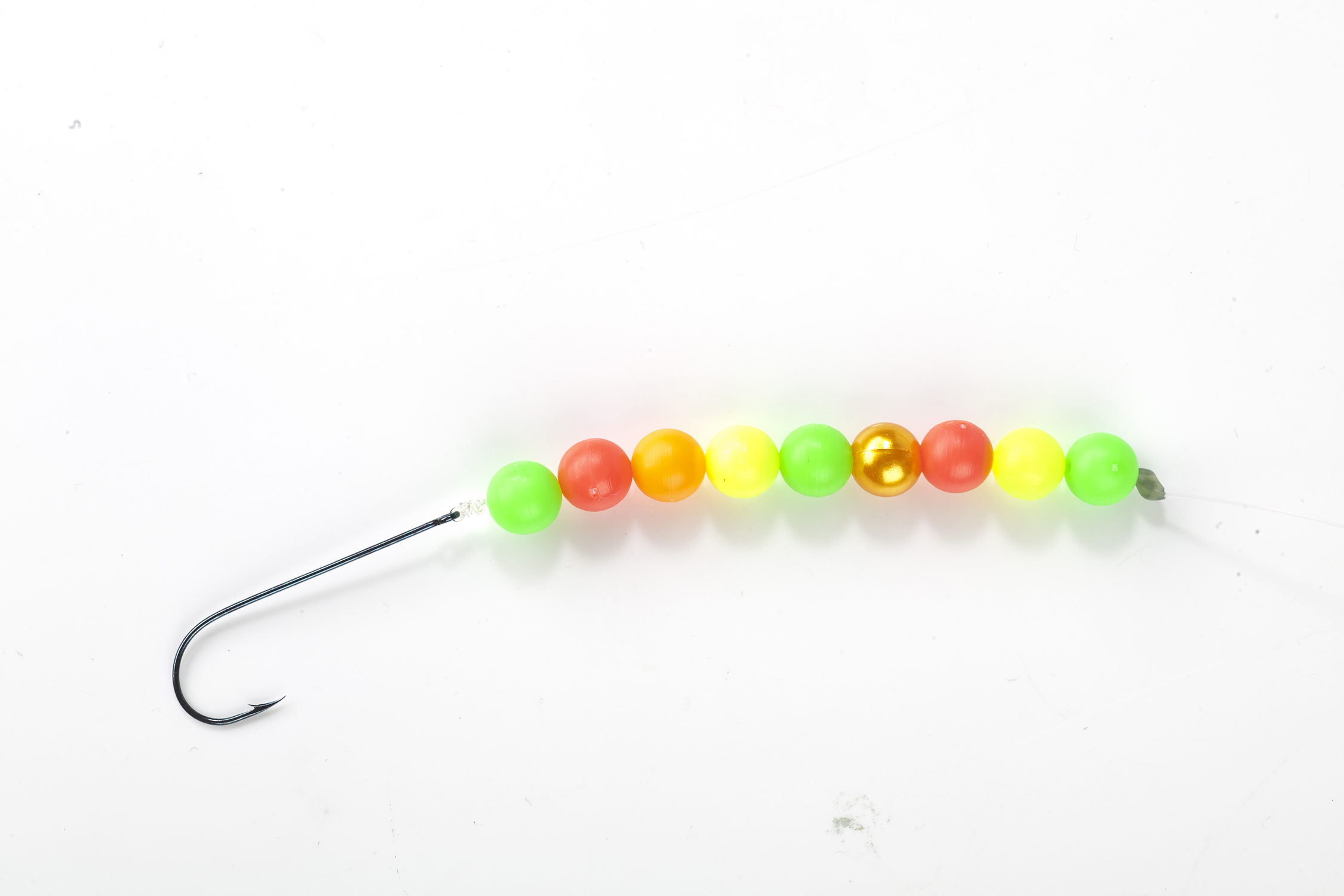
Standard 2mm plastic beads: The standard way to enhance a flattie rig is to add different coloured beads up the snood above the hook. Anything from six to 12 beads in red, green and yellow combinations seem to work well on most venues, fished on paternoster snoods, or on a short flowing trace from a boat.
Plastic beads sink, and therefore tend to fix the bait to the seabed, at the same time emitting noise and vibration as they move and rub together.
Foam and pop-up beads: The latest additions to the bling list, and my favourites, are luminous floating beads with pink spots.
Available in a host of other vibrant colours too, they add buoyancy to the bait, lifting it so that it hovers and flutters just above the seabed, and I believe that is especially alluring to flatties. Even a passing fin may move the bait, and that movement will catch the fish’s eye.
You can use between one and three 2mm beads to lift the bait, but the more and the larger they are, the more the bait will be lifted. Baits popped up near the surface can work for mackerel and garfish in summer, but for plaice you want something with more or less neutral buoyancy.
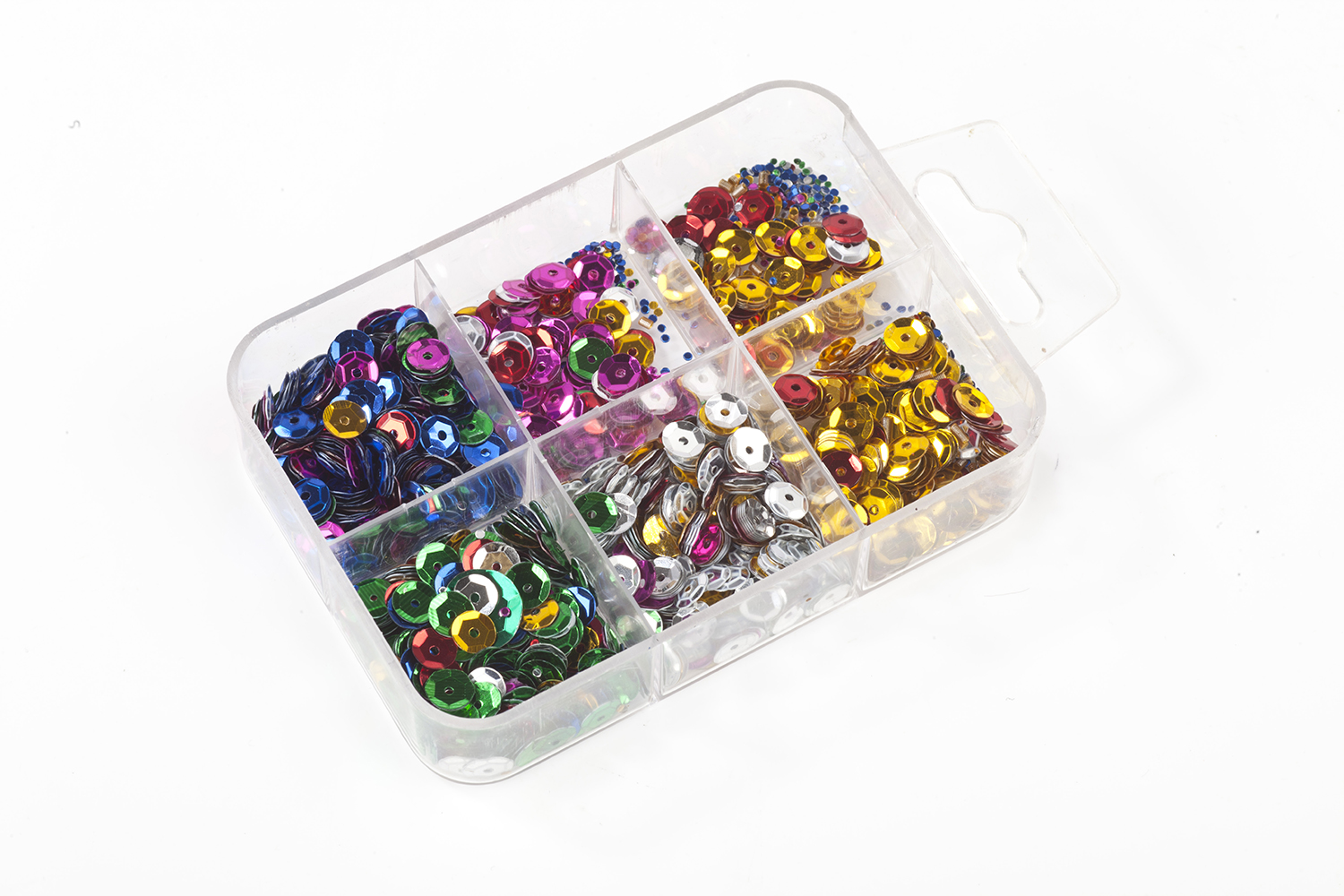
Sequins: Sequins in a range of sizes and colours add glitter and reflection to your hook snood. They can be bent to catch any available light, and the flattie standard is six sequins added to the snood above the hook, or alternated with small coloured or luminous beads.
It’s sensible to add a stop up the snood so that they stay in position near the hookbait, where they in turn help to keep the bait around the hook. Make a stop with a 1cm length of silicon tubing, running the snood line through it twice then pulling the line tight so the silicon locks in place.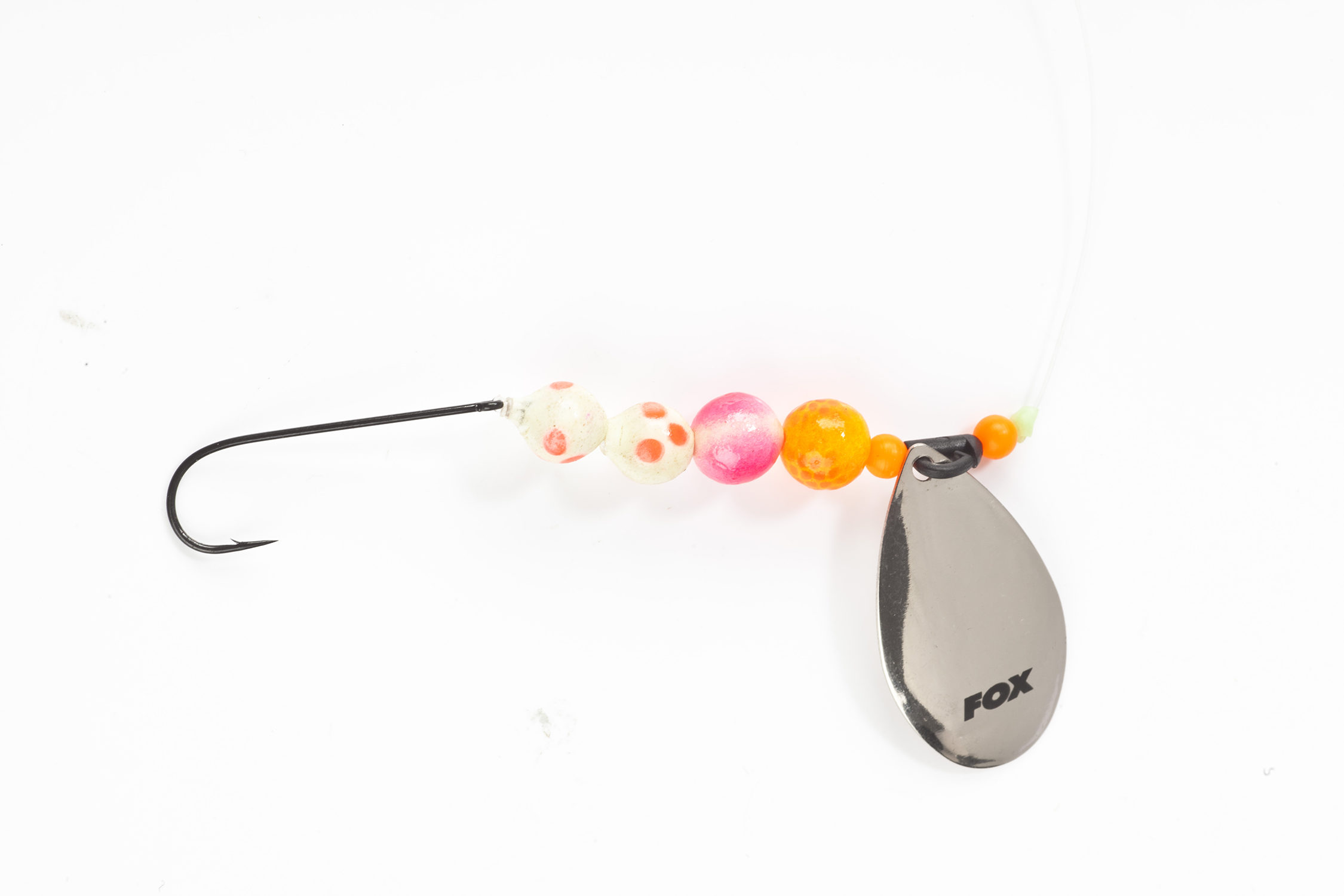
Blades: Blades are more popular among boat than shore anglers, because they offer resistance on the cast and reduce distance. Metal or plastic, they do add sound to movement and come in a wide range of sizes. Add a silicon stop above and below to hold them in position.
Spoons: The flounder (or plaice) spoon has moved on apace in recent years, as home-made dinner spoons are replaced by custom-made metal or plastic items. The theory is that the fish are attracted to the bait by the reflection and jangle of the spoon and its accompanying beads.
At the same time, because the spoon is constantly on the move, it’s not so easy for crabs to take the bait. That’s why the flounder spoon works so well in clear river estuaries early in the year, when hungry crabs are feasting after their moult.
FISH ATTRACTED BY BLING
Some flatfish are attracted to bling more than others – in my experience plaice are the most susceptible, followed by flounders, with dabs third and the rest all in joint fourth.
Obviously I am talking shore fishing and so turbot, brill and the rarer (megrim) and bigger (halibut) species are not included.
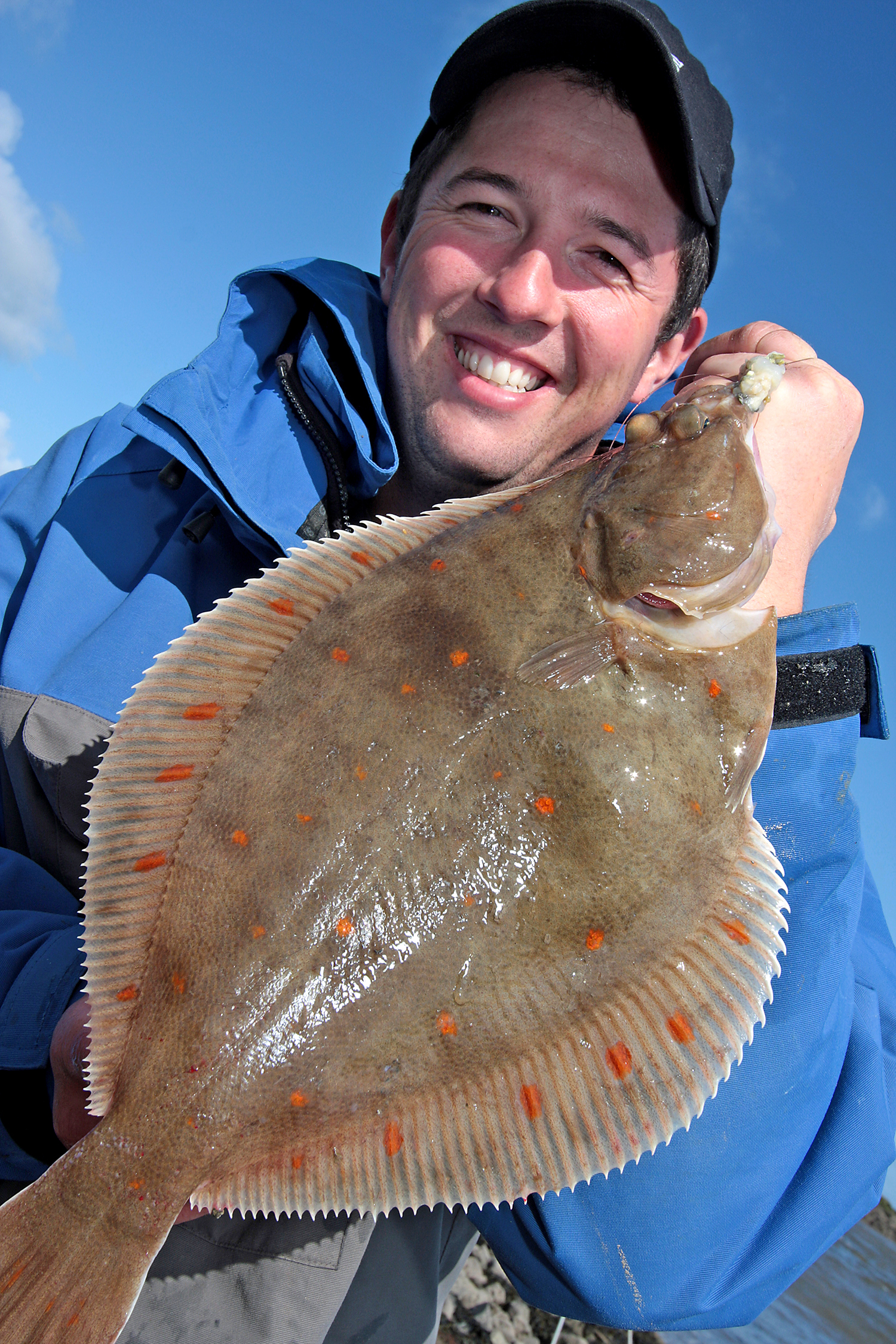
PLAICE (Pleuronectes platessa):
Plaice are distinctive, with bright red spots on the back – not flecks of red and orange like the dab – bony knobs on the head, and an opaque undersize with chevron patterns.
They are one of the larger flatfish, although their size and numbers have suffered in recent years from excessive trawling. Now shore-caught fish seldom weigh more than 1lb.
Currently there has been a resurgence in plaice stocks, possibly caused by more restrictive commercial quotas, but the species is very slow growing and so will always be under threat from all types of over-fishing.
Plaice respond to most of the bling tactics, with lugworms and ragworms the favourite baits. A tip of squid tends to pick out the better fish, and white ragworms are recognised as a special plaice bait in some regions. The best plaice are often caught at distance, so the wishbone rig is a long-time favourite – although I personally rate a clipped one-up, one-down rig with size 1-2 Kamasan B940 hooks. Plaice are rarely caught at night.
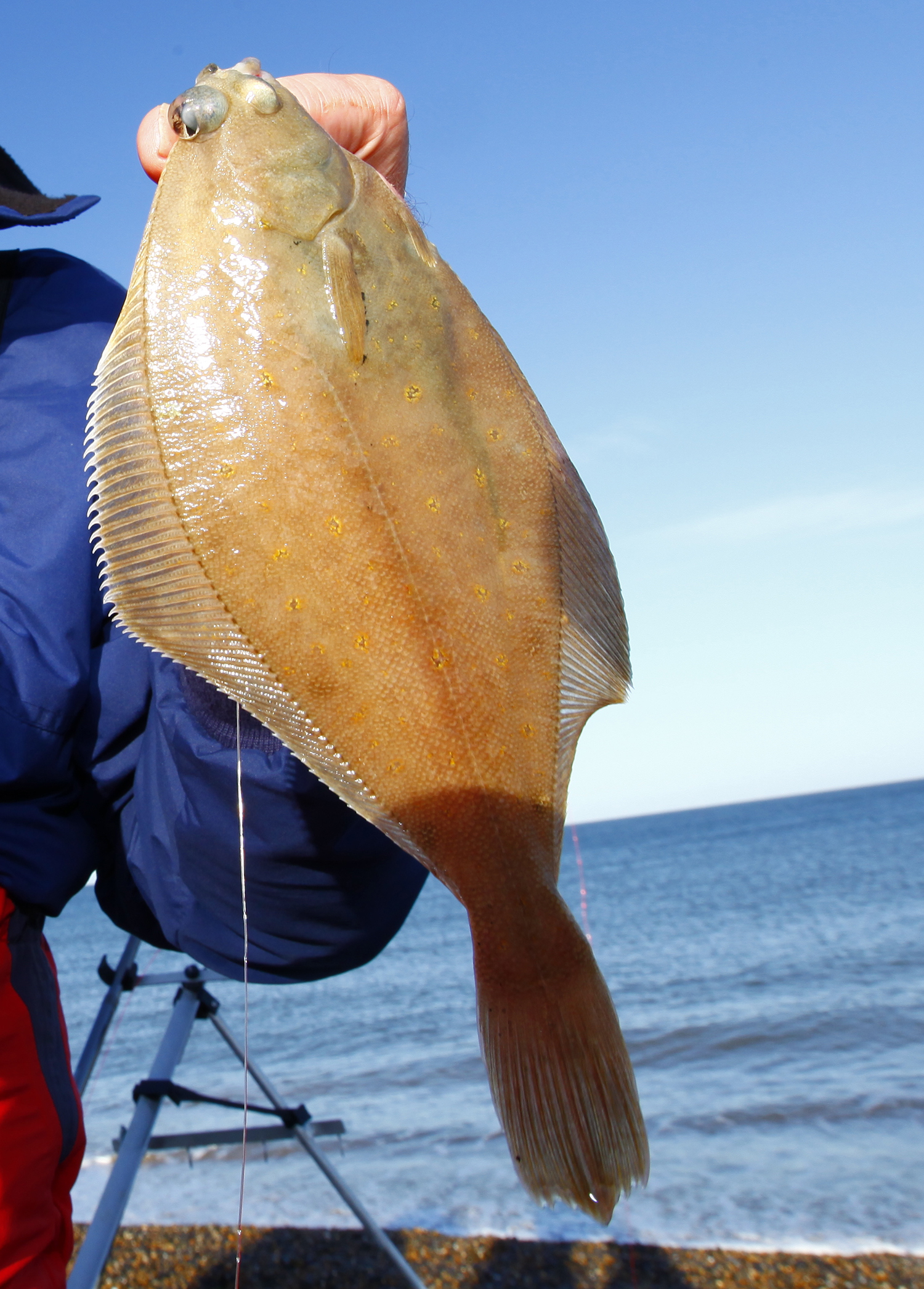
DAB (Limanda limanda):
The obliging little dab, saviour of many an otherwise blank shore session, is a sandy brown flatfish with a lateral line curving around the gill.
Dabs are most common from October to May, and often act as ‘filler fish’ when the cod and whiting have left. Inquisitive, they will respond to sequins and beads, while on the bait front slightly sticky, stale lugworms usually catch well. Best rig is a three-hook paternoster, clipped or flapping depending upon the range needed.
In clear water, anything from one to six sequins can be used for dabs, with red a favourite. When fishing clipped down, the sequin is also an ideal bait stop, preventing the worm sliding up the hook snood on the cast.
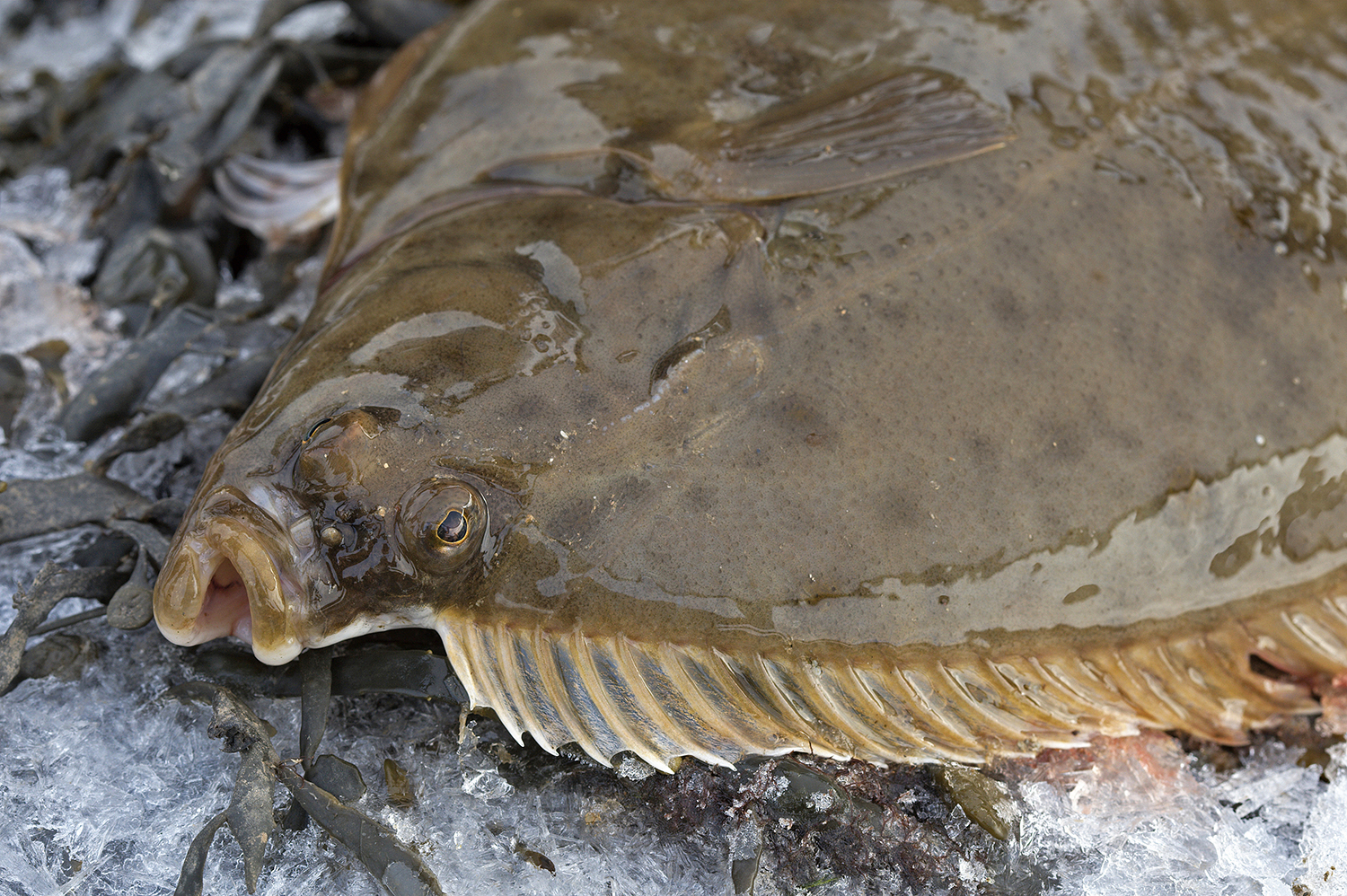
FLOUNDER (Platichthys flesus):
Flounders can be identified from the rough skin behind the head, bony tubercles at the base of fins and a square-cut tail.
Once the most common of the UK flatfish, numbers have decreased in many estuary regions with various reasons put forward for the decline. Crab boats take many flounders for use as pot bait, and although few anglers take them home to eat they are quite delicate – after being caught and returned they do not always survive.
Flounders respond to all kinds of bling and movement. Fishing for them can involve moving the baits regularly and using small ragworms, which have wriggly tails.
The use of a long terminal rig with longer hook snoods is also recommended to spread the baits over a larger area of the seabed, especially when fish are swimming parallel to the shore in surf tables.
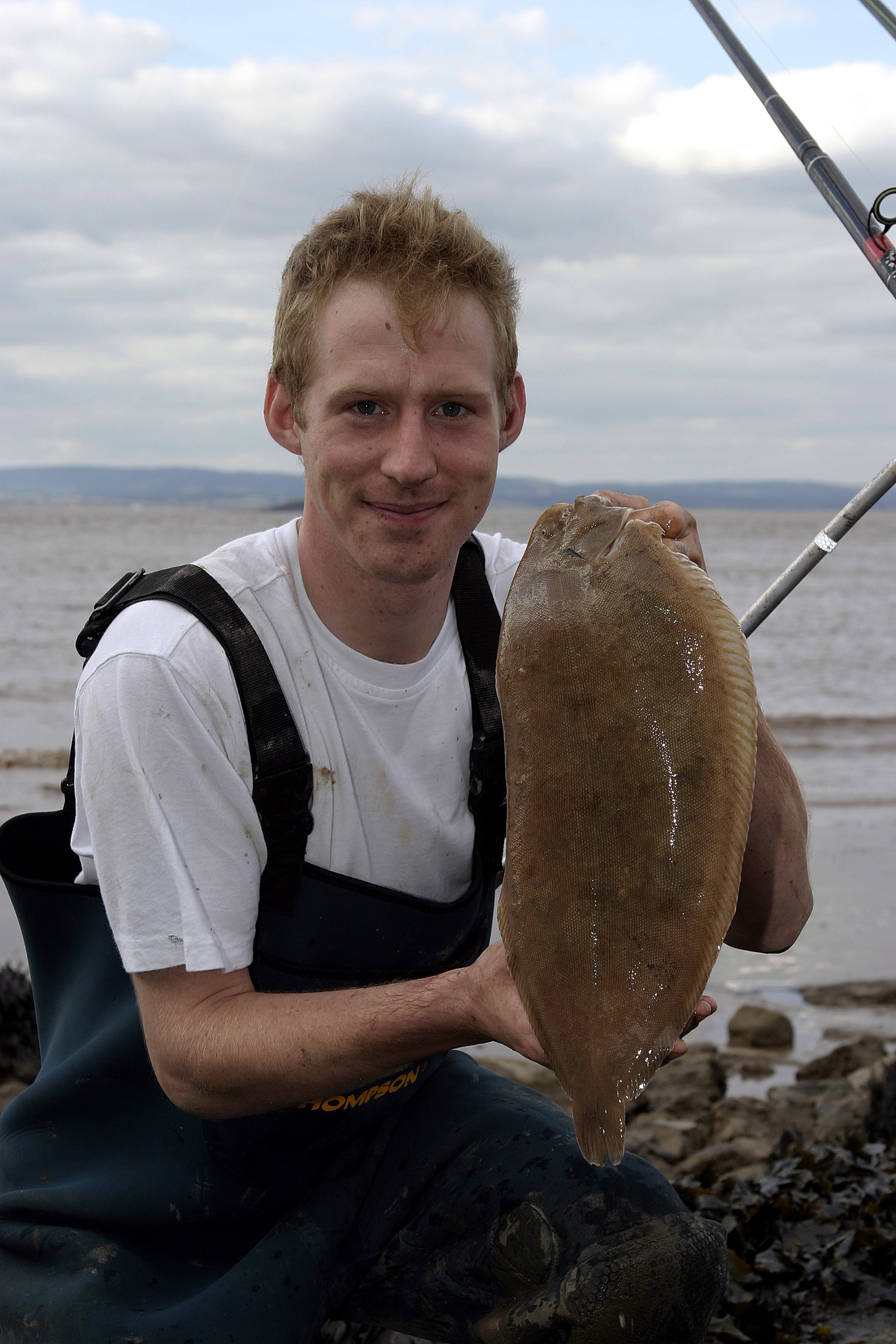
SOLE (Solea solea):
The Dover sole has a distinctive curved mouth, while the lemon sole (Micromostomus kitt) is more closely related to the dab and looks like it too, with a tiny mouth and speckled camouflage.
Soles are not as interested in bling as the other flatties and I believe that is because their eyesight is not so good – they are more nocturnal than the rest, and like coloured water.
They spend a lot of time buried, focusing on scent and vibration to locate prey. Small hooks (size 4) are essential, as soles have very small mouths – in fact lemon soles are rarely caught on rod and line because they have even smaller mouths than Dover soles.
VENUES FOR CATCHING FLATFISH
The various flatfish frequent different venues, and while a species may be plentiful from a particular beach it can be rare from the one next door. Habitat is dictated by diet and the type of seabed.
For example, dabs, plaice and soles eat a lot of lugworms, shrimps and shellfish and therefore tend to frequent sandy, shell grit storm beaches where marine worms and shellfish are regularly unearthed, broken up and scattered inshore by storms.
These venues also produce dead and decaying shellfish weeks after a storm, when a ripple dislodges them, and this explains why some flatfish like baits that are ‘off’.
Sand provides natural cover for flatties, and many bury or nestle into it as part of their camouflage strategy from larger predators. The colour of the fish gives a clue to their preference – dabs and plaice are a sandy colour, flounders more muddy looking.
In muddy estuaries flounders feed on shrimps, crabs and small ragworms. It’s often only on mixed sand and mud venues that all the flatties will be found together.
Flatfish are renowned for being caught close in, with a short cast all that’s needed. This is because they exploit a particular habitat and food source, mainly the intertidal area where the turbulence of waves and tides unearths food. A favourite spot to cast to for flatfish like flounders and soles is the ‘gutter’ or low tide line where the seabed is regularly gouged by the waves at low water.
On the other hand, plaice and dabs can often be found further out where an indent in a sand bar or gully edge is disturbed by wave action from above that dislodges and exposes food.

